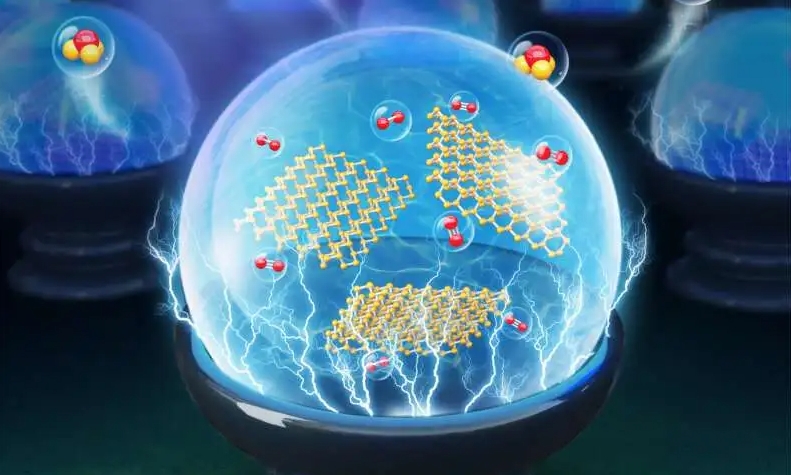According to the partners, ammonia is a carbon-free fuel that emits no carbon dioxide (CO2) when burned, attracting attention as one of the effective countermeasures for global warming.
Since it can replace fossil fuels, ammonia is considered a next-generation energy contributing to the industrial sector decarbonizing as well as power generation.
Furthermore, ammonia is promising as a hydrogen carrier that converts hydrogen to other states or materials for storage and transportation and is expected to play a significant role in building a hydrogen society (a society that utilizes hydrogen as a common energy source).
In the study, in addition to researching to form a base for importing, storing, and supplying clean ammonia from overseas in Soma area of Fukushima Prefecture, the firms will also conduct a demand survey of hydrogen and ammonia for establishing a wide-area supply base for ammonia.
Moreover, the partners will begin research on the decarbonization of plants, such as thermal power generation, using ammonia with power generation companies, steel companies, paper companies, chemical companies, and other business customers in anticipation of future demand.
Ammonia will be produced by a method that significantly reduces the amount of CO2 generated during conventional ammonia synthesis and has a low environmental impact.
MOL, together with other participants, will use the Soma Area as a base and build an ammonia supply base to contribute to the region’s economic development.
In advancing the study, with the cooperation of Fukushima Prefecture, Soma City, and Shinchi Town, a combination of the public and private sectors will work toward realizing the project that will contribute to regional decarbonization and economic development.
To remind, MOL has recently received approval in principle (AiP) from classification society ClassNK for the design of a floating storage and regasification unit (FSRU) for ammonia. The classification society examined risk assessment taking into account the results of the gas dispersion study. Upon confirming it complies with the prescribed requirements, ClassNK issued the AiP.
The projects are a part of MOL Group’s mid-to-long-term target of “achieving net zero greenhouse gas (GHG) emissions by 2050 with the concerted effort throughout the Group”
